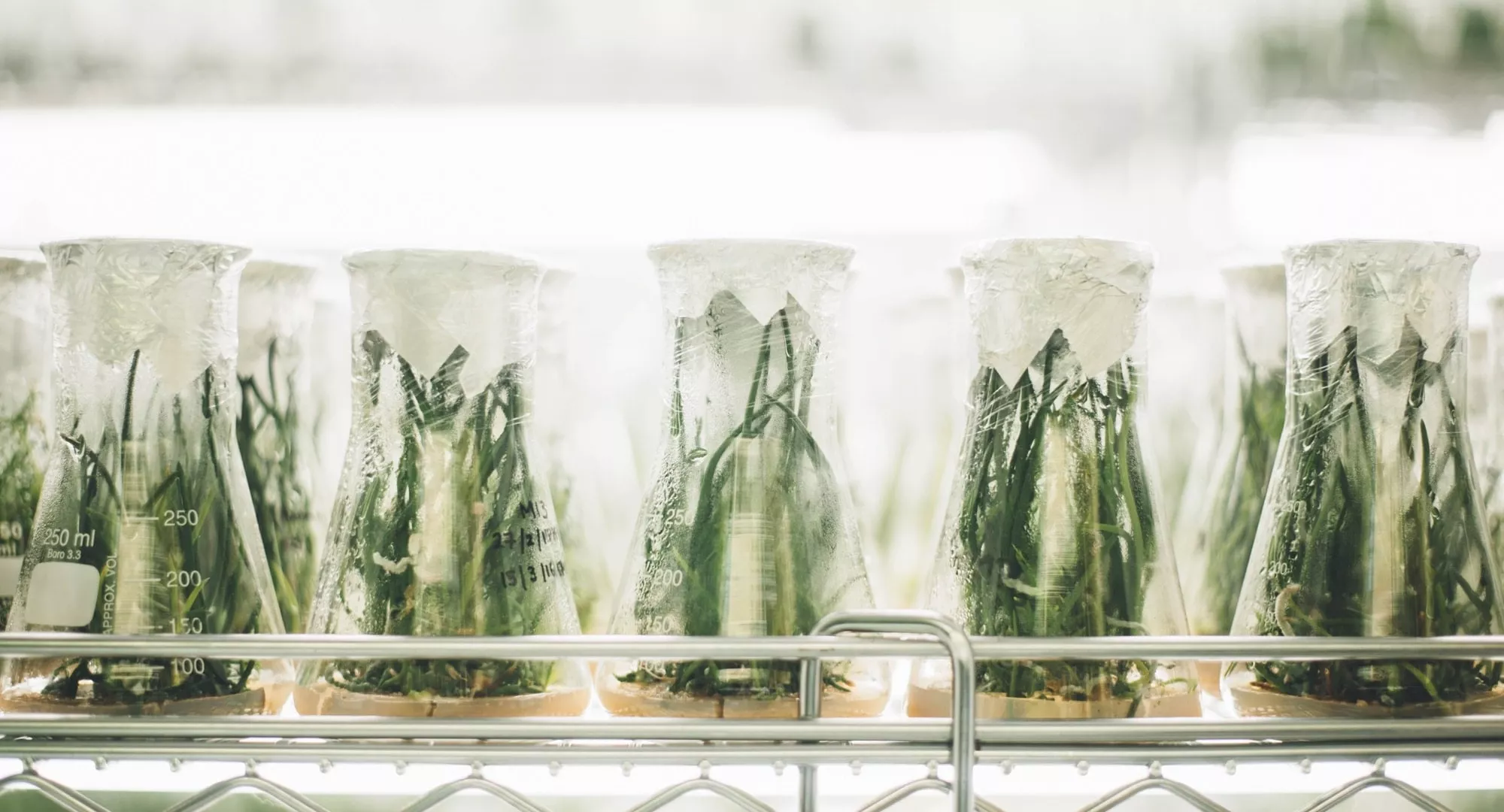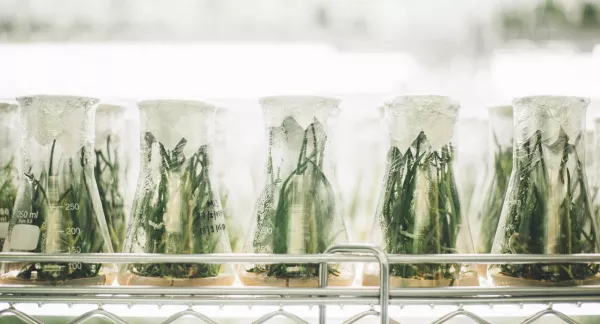
Unlocking the Advantages of Internally Stored Carbon for Nutrient Removal
Abstract
Water resource recovery facilities (WRRFs) in the United States and internationally face increasingly stringent nutrient limits. Traditionally, WRRFs have employed energy-intensive biological methods for nitrogen removal and combined biological and chemical techniques for phosphorus removal, and often require costly external carbon sources and significant operational expenses. Internally Stored Carbon (ISC) has the potential to help WRRF facilities meet nutrient limits while also improving efficiency and reducing energy, carbon consumption, and overall costs. However, the industry lacks a holistic research framework and guidance for facilities to evaluate and implement ISC-driven nutrient removal.
This project will interrogate, characterize, and describe the advantages of ISC for biological nutrient removal (BNR) while providing a synergistic connection between mechanisms, selection, reactions, and process configurations, with an ultimate focus on process scale-up and full-scale implementation. The key objectives of this work are to build on previous studies and collect new data from bench-, pilot-, and full-scale demonstration sites to:
- Advance fundamental knowledge of ISC-driven BNR, including substrate diffusion, feast/famine conditions, and biomass selection using kinetics and stoichiometry
- Identify and quantify the benefits of achieving ISC-driven BNR
- Develop tools for implementation of ISC-driven BNR, including process models and frameworks
- Synthesize results into practical design guidance for WRRFs seeking to scale up ISC-driven BNR

